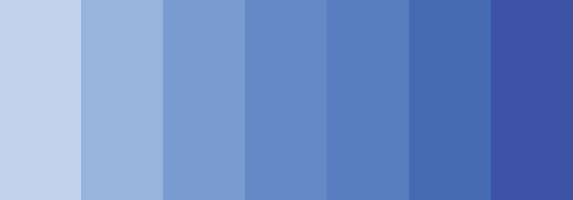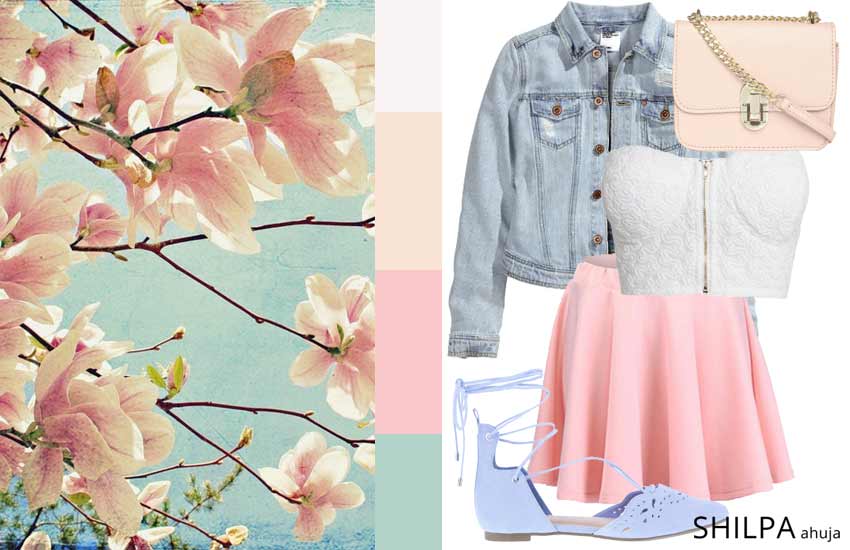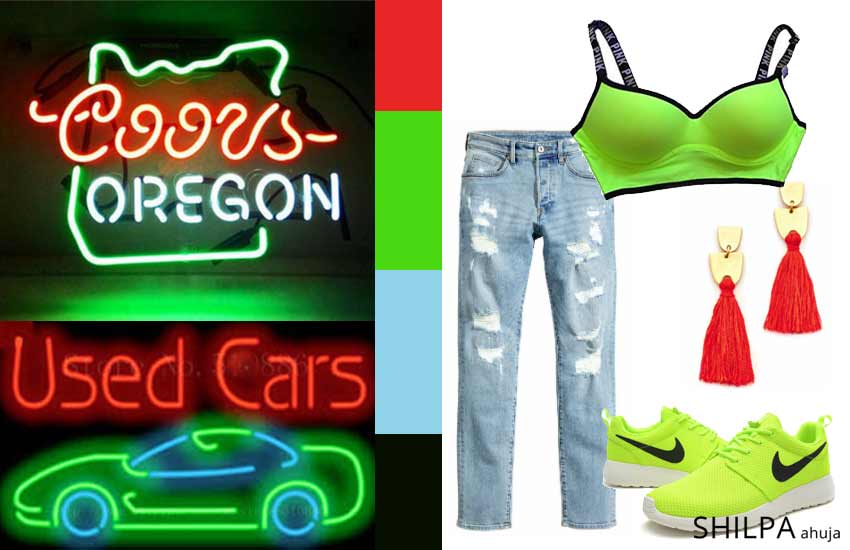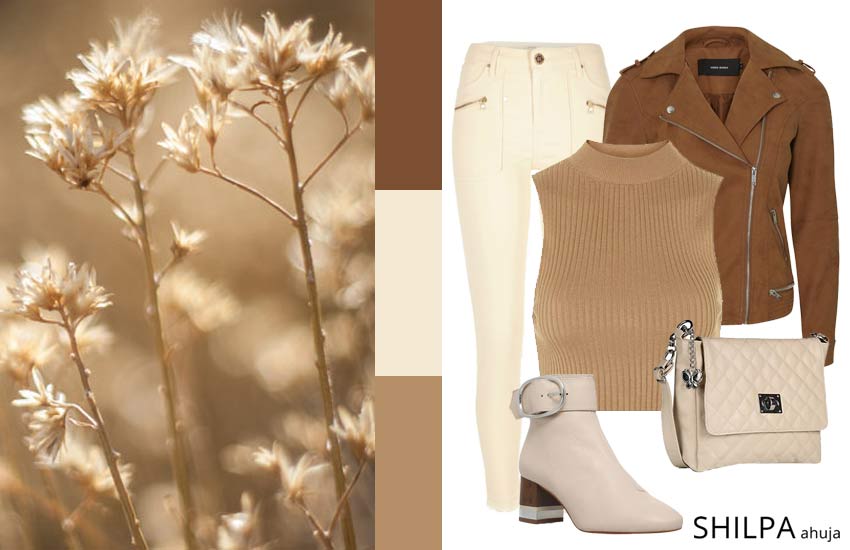From the different types of color schemes to ideas and style inspiration for creating your own color palettes, check out our fashion color scheme basics guide below!
Colors are one of the most powerful and effective elements in design. From setting moods to creating an ambiance, they can do so much. Coming from a fashion design background, I’ve learnt that colors can either make or break your outfit. And they can also be used to reflect your personality as well as convey feelings. So when it came to designing clothes, I always relied on the trusty color wheel. Following the basic color theory principles, I created my own variations and learnt just how important of a role colors play in fashion. So here’s everything you need to know about color wheel schemes plus some ideas for sublime color schemes!
Color Scheme Definition
A color scheme is a set of colors chosen for a design purpose. This could be for interiors, fashion, web design, makeup, weddings, etc. The colors need to be chosen carefully in order to create a visually pleasing and aesthetically appealing look. A color scheme could consist of shades of the same color, or more than one color that go well together or create a “mood”.
Types Of Color Schemes
Based on the way they’re arranged on the color wheel, there are different types of color schemes that everyone needs to know. Read all about them below!
1. Monochromatic Color Scheme

2. Analogous Color Scheme
Also known as dominance color harmony, this color scheme comprises colors that are right next to each other on the color wheel. In this color scheme palette, one color is always dominant and brighter than the others. Analogous color schemes are a more vibrant and not-so-subtle variation of the monochromatic scheme. One example of this is blue with turquoise, the sea palette!
3. Complementary Color Scheme

4. Split Complementary Color Scheme

5. Triadic Color Scheme

6. Tetrad Color Scheme

How To Create Good Color Schemes
Now that you know the different types of color theories, creating your very own palette is super easy! Whether you’re choosing one for your outfit or home decor, these basic philosophies remain the same. First thing you wanna keep in mind is the mood you wanna set or the atmosphere you wanna create with the colors. It could be anything from tranquility and zest to elegance and edginess. And then you choose your colors accordingly.
- Some tips for creating a successful color scheme is to add a neutral such as gray, black and white to make it more visually interesting.
- Try not to use complementary colors on their own, it can be a bit overwhelming. To tone it down, add a neutral.
- And when in doubt, go monochrome! It’s the safest and easiest route. Take it from someone that spent hours together to make color palettes day in and day out!
- Similarly, achromatic color schemes, such as black with white, are easy to work with too. They’re great on their own but if you wanna add a li’l something, just use a pop of color, also called accent.
 Color Scheme Ideas
Color Scheme Ideas
From festive color palettes to fluorescent ones, check out some good color scheme ideas below for inspiration!
1. Cool Color Schemes

2. Calming Color Schemes

3. Neon Color Scheme

4. Tan Color Schemes

5. Christmas Color Schemes

6. Art Deco Color Schemes

7. Burgundy Green Color Scheme

So that was our guide to color schemes, its types, variations and ideas. Let us know what you think by tweeting @shilpa1ahuja!
Also read:
– Men’s Fashion Tips: Color Coordination
– Spring Fashion Colors You Need in Your Closet for 2018!
Nishita is a Staff Writer/ Journalist at ShilpaAhuja.com. She is a graduate of National Institute of Fashion Technology and has a degree in leather design. A lover of all things fashion, she writes about everything from beauty, hair and lifestyle to fashion trends and how-to’s. Her area of expertise is outfit ideas but being fresh out of college, she also loves writing about college fashion. Her new found love of baking is currently taking over her life, making her write about all things chocolate and easy recipes. With a flair for sketching and a great eye for detail, she’s previously designed leather garments for brands like Diesel and Salsa. When she’s not writing, she’s busy reading extremely sappy Nicholas Spark’s novels, sewing clothes and listening to some indie rock. Also super passionate about photography, she loves portraits and wildlife photography – a habit turned love that formed with the amount of traveling she did as a teenager. As a girl who grew up with books and movies like Pride & Prejudice, her love for period fashion is huge. And being curly haired, she’s always on a constant hunt for solutions to problems that come with having ringlets and loves sharing them with people through her articles. For feedback and questions, email [email protected] or connect with her on twitter @ni95.


 Color Scheme Ideas
Color Scheme Ideas